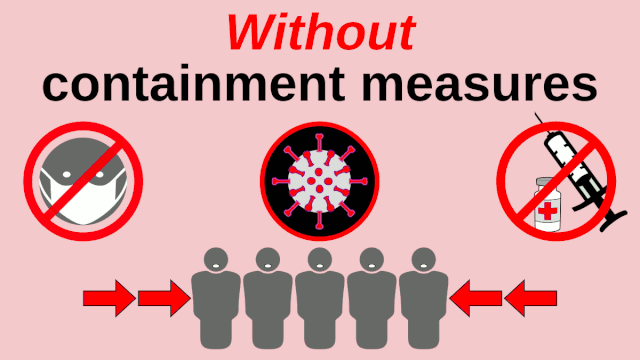
By Hannah Lee
The World Health Organization (WHO) declared COVID a pandemic in March of 2020. Ever since, we’ve wondered when the world will go “back to normal”. Though there is no true return to normalcy, some semblance of predictability could come with COVID’s classification as an endemic. In February 2022, California was the first state to adopt the endemic virus policy, and when Governor Inslee announced the end of the indoor mask mandate on March 14th, many believed Washington would soon follow in California’s footsteps. While COVID is still a pandemic today, it will only be a matter of years before it reaches endemic status.
The WHO defines a pandemic as “when a disease’s growth is exponential.” The Columbia Mailman School of Public Health further explains that “this means the growth rate skyrockets, and each day cases grow more than the day prior.” An Endemic is a disease outbreak “consistently present but limited to a particular region. This makes the disease spread and rates predictable.” Malaria is an example of an endemic, as outbreaks occur at predictable rates and in specific regions and countries.
Endemics are not without casualties. Respiratory diseases like the cold and flu infect billions of people every year and kill hundreds of thousands globally. The CDC estimates that between 2010-2020, 12-15,000 people in the U.S. died from the flu every year. Lone Simonson, a director of the PandemiX Center at Roskilde University, told the New York Times that in an endemic state COVID-19 would hold a similar fatality rate as the seasonal flu.
Endemic does not necessarily mean the end of a disease, and scientists state that COVID will never be eradicated. Instead, endemic categorization means living with, and managing a disease through testing, treatments and vaccinations. South Africa aimed to eradicate the mosquito-borne illness, Malaria, through insecticides and preventative treatments. This has successfully reduced Malaria’s spread.
However, when communities do not adhere to vaccination recommendations, more outbreaks can occur. In the US, Malaria remained endemic for 40 years after the introduction of the vaccine because unvaccinated people fueled outbreaks. While malaria was declared eradicated in the US in 2000, in 2019, unvaccinated travelers infected thousands more.
One-third of the US population is still not vaccinated against COVID, and life-saving treatments are not available to all. Marginalized communities often have limited access to healthcare, exacerbating the devastating impact of both the pandemic and endemic diseases.
Pandemics can take years to settle– the 1918 flu pandemic took three. While the endemic phase of COVID will look different from the past two years, Omicron-like events could happen every single year, disrupting our collective recovery and continuing to put people and communities at risk.
